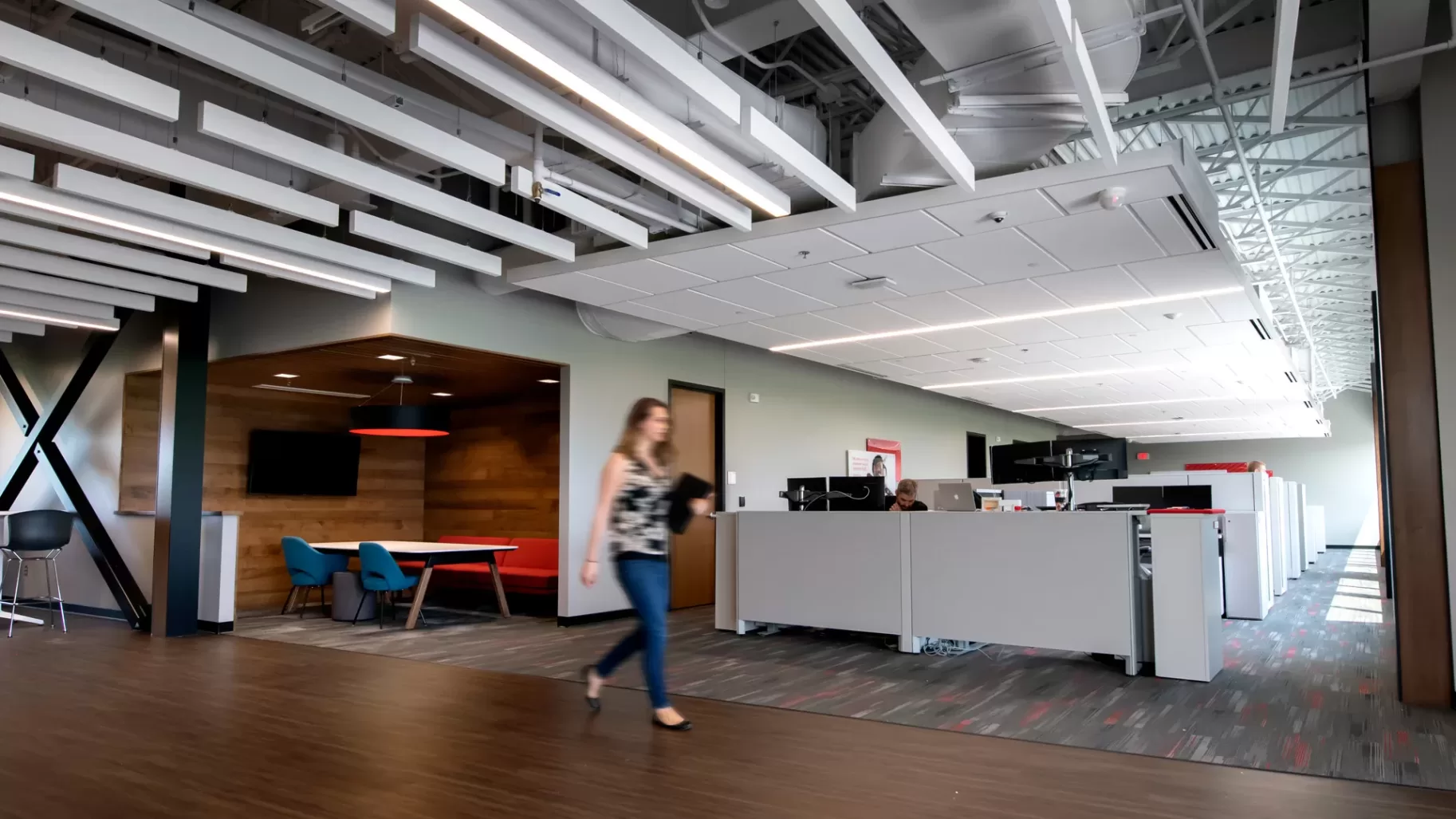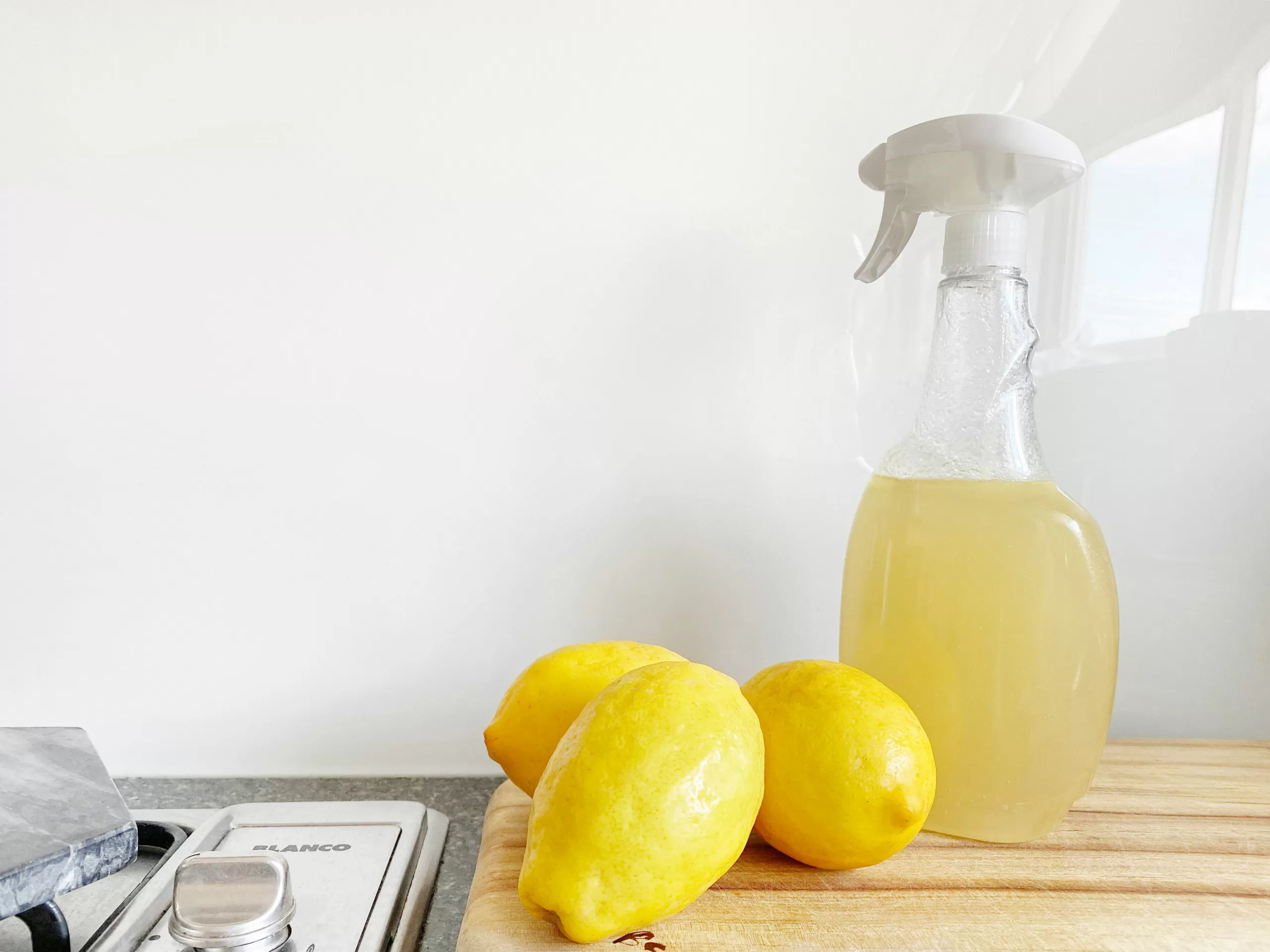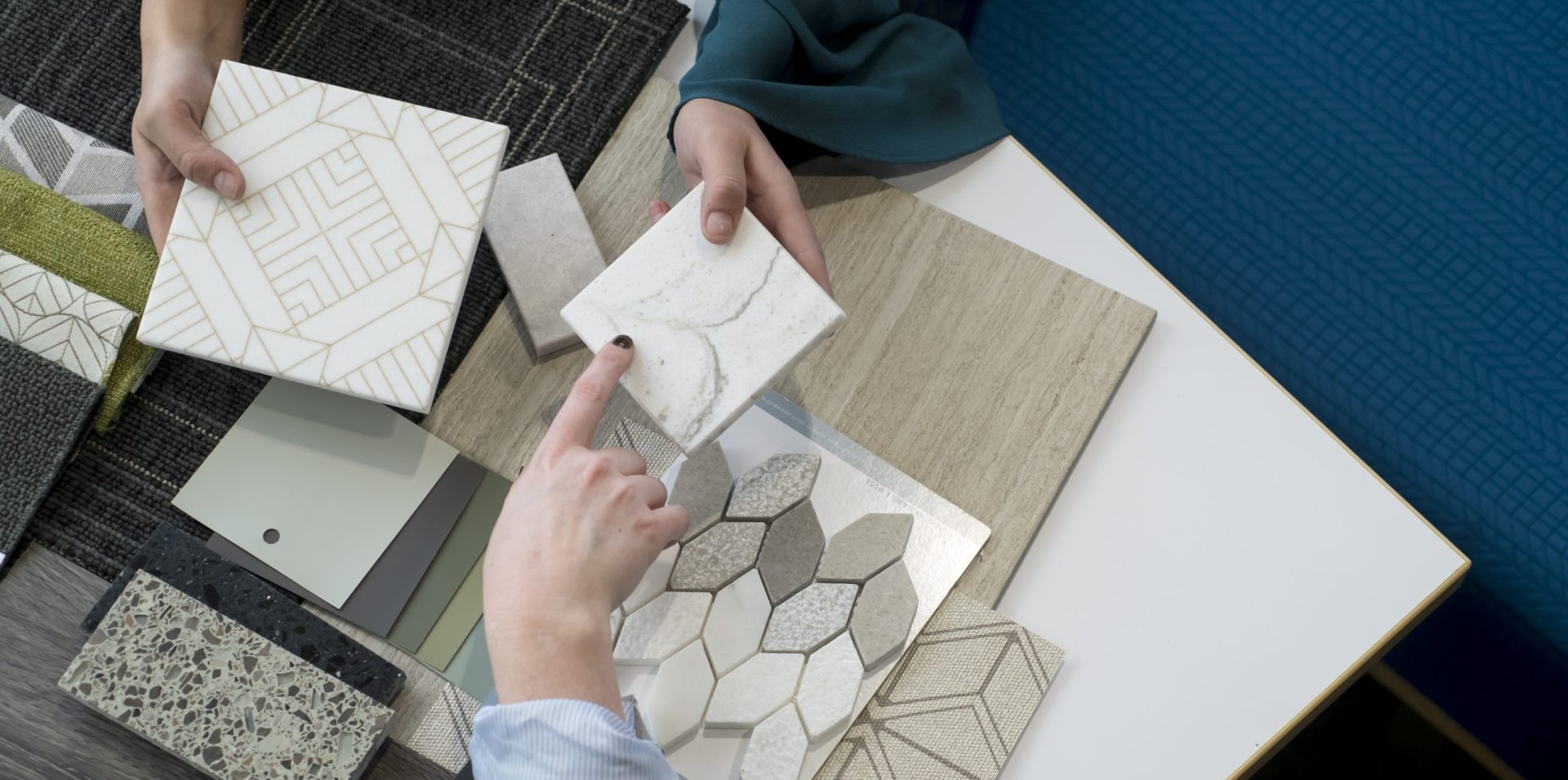Building WELLness: MATERIALS
By Alex Kircher, RA, WELL AP
February 15, 2024Post Tagged in

|
Welcome once again, to another installment of Building WELLness, where your friendly local WELL Accredited Professionals, Hannah Arthur and Alex Kircher, highlight a part of the WELL Building Standard. The WELL Building Standard is an evidence based, third party building standard, focused on building that encourages wellness of all types for their occupants, so if you read close, you might find something interesting that you can incorporate into your project. |

|
This week, we will delve into the category of Materials. This category is all about limiting exposure to chemicals that impact the health of those involved in the construction or occupancy of the building. As technology has progressed, we haven’t always understood the health implications of some of the ingredients used in the fabrication and construction of materials, and it is only after years of regular use that materials are confirmed to have adverse health impacts. As some of its basic pre-requisites, the Materials category of the WELL Building Standard requires restrictions and abatement plans (as applicable) for Asbestos, Mercury, Lead, PCB (Polychlorinated Biphenyl) and CCA (Chromated Copper Arsenate), which are all chemicals with legislation regulating them, but still exist in our world. |

|


|
There is also a large potential for exposure to hazardous materials from building waste, pesticides and harsh cleaning chemicals, so on the policy side of building projects, if an owner can put in place more comprehensive waste management, pest management and cleaning protocols, they can also achieve additional points in the WELL Building Standard, and limit exposure for the building occupants. |

|
Among the things that are not currently legislatively regulated, there are a number of chemicals that are regularly included in products that are specified on projects that have been shown to have adverse health effects. One of those is Halogenated Flame Retardants, (HFRs), and another one, that has been getting more press, is Per- and Polyfluoroalkyl substances (PFAS). Both of these groups of substances are labelled as persistent (they do not break down easily), bioaccumulative (they accumulate in plants and animals and become more concentrated), and toxic. The important thing about these substances for us is that they are commonly used in products that are regularly specified: insulation of all types, textiles, and ceiling panels being the most common. Most of the time, there are products that can meet our needs that do not include these substances, but designers need to be aware of the products and substances to catch them. If you are looking into an electrical product, like our Electrical Engineers often have to do, there is a standard for Restrictions of Hazardous Substances in Electrical and Electronic Equipment (ROHS). |

|

|
Products low in Volatile Organic Compounds (VOCs) are another item that can help with the WELL Building Standard. VOCs are a group of substances that are released when a product takes a long time to reach a stable state. They are most well known in finish products, like paints and carpets, but can also be found in sealants and adhesives. Our Interiors team already works to specify low VOC products as much as possible, so they are a great resource, especially for finish products. |

|
